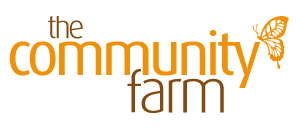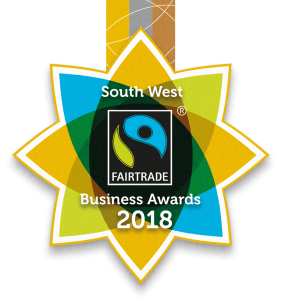It was a bracing morning in early March when a group of us gathered, wrapped up in scarves, gloves and hats for one of Chris Sperring’s fascinating Seasonal Wildlife Walks around The Community Farm.
Chris is a professional naturalist and wildlife guide. What’s fascinating about his walks are the way he can ‘read’ the signs of the smallest animal activity along the routes, as well as identify what’s going on in the sky above.
Being such a cold day Chris informed us that we wouldn’t be hearing as much birdsong as we might have done had it been warmer…however we did hear robins who, like the other birds at this time of year were vigorously proclaiming their territory. Dunnocks, tits and wrens were also heard enjoying themselves amongst The Farm’s wonderful hedgerows.
Chris is a mine of information. In the lakeside field beyond the south hedge we saw a pair of magpies – they’ll be pairing up now and building nests which, we learnt, have ‘roofs’ as protection against predation. Chris informed us that crows and other corvids are often, incorrectly, viewed as pests, when actually they prey on the nests of other corvid species, meaning they are very efficient at self-regulating their numbers amongst themselves.
Also on the lakeside field, we spotted a flock of redwing. These pretty birds, who have a hint of red running through their feathers and a distinctive pale eye stripe, use the flock for protection when they're exposed out in the open. They overwinter here but soon will be on their way back north. Interestingly, warmer winters in Scandinavia are leading to fewer coming here in winter – this has been wrongly thought of as a general decline in numbers, but it’s probably due to more staying behind in Scandinavia.
Despite the cold it was hard not to be cheered by the daffodils around The Farm – recent plantings are native wild species (tenby and pseudonarcissus) which are better for pollinators.
We stopped by the pond – newts and toads emerge at about 8 – 9C so none to see today – hopefully they are overwintering snugly in the woodpile by the pond edge. It's almost irresistible to spend a minute or two having a look at the view from here over Chew Valley Lake, but we weren’t keen to linger, we needed to keep moving!
Off we went up the central field track – and at the edge of the fields we stopped by, what exactly? Just a pile of logs and rough grass? Yes, but it's also an excellent habitat for insects, worms, bugs and, crucially voles and other small rodents. Leaving a small margin by the edge of a field, can provide great habitat for wildlife. Hovering above The Farm’s fields we often see a kestrel, whose main food source is voles. But we don’t need to worry, the rapid rate of rodent breeding will outpace the kestrel’s hunting! Chris showed us small indentations in the rough grass where we could make out entrances to vole tunnels and even where they had nibbled the grass. Probably small-nosed voles here, but elsewhere we were shown evidence of bank voles. Moving on and across The Farm we also had a chance to look (carefully!) under a discarded piece of board where, sure enough, there were even more vole tunnels and nests. There’s so much life to be found under old wood and stones!
We weren’t finished yet! Chris found some empty snail shells by the east hedge - small holes in the shells were evidence of shrew attack – they pierce the shells, in contrast to thrushes which smash the shells (the ‘anvil’ method). Coming to the end of our adventure we discussed climate change and the impact of changing weather patterns on animal life cycles.
A bonus at the end of the session was the chance to shop for our week’s fruit and veg at the Farm’s Veg Shed and even stroll across the road to finish off the morning in the café by the lake.
That’s just a taste of what we saw, heard and learnt during the 2 hours – I’m left with a reminder to look closely at what’s around us – from the smallest trace beneath our feet, to the birds of prey above us – all play a crucial role in our precious, but endangered, ecosystem.
by Annie Price
Join us for the next of Chris’s Seasonal Wildlife Walks, taking place on 14th May, it’ll be much warmer by then and The Farm will be buzzing with wildlife!














